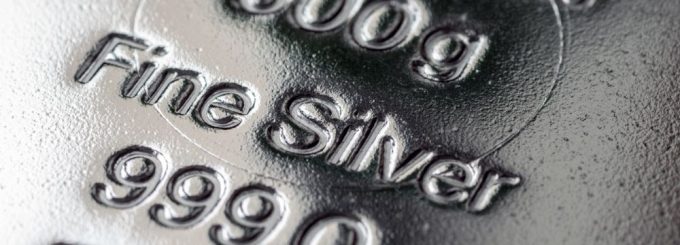How and Why Silver Metal is Processed

Silver is prized for its lustrous appearance and host of industrial applications, as well as its resistance to corrosion. However, before this wonderful silver metal can be used, it must first be processed, and below are some reasons why this is the case.
Silver Metal Characteristics
Silver is similar to gold in that it will crystallize under the right conditions. Its melting point is approximately 1,764 degrees Fahrenheit (962 degrees Celsius) and it’s the lightest of all precious metals. It will also react easily with various standard reagents like sulfuric and nitric acid. It is therefore possible to dissolve silver via gold alloys through boiling with nitric acid that has strength of thirty percent, in a process called parting. When concentrated sulfuric acid is boiled, it can be used to separate gold and silver in a second process that is referred to as affination.
When discovered in an underground mine, silver is rarely pure. Rather, it is usually in a combined state, which means that it is mixed with lead or copper. Therefore, miners had to figure out a way to separate it from the other materials to get it in a pure form. Lead ore could be smelted so the impure silver/lead alloy could be obtained, and fire could be used afterwards for further refinement in a process called cupellation.
Some of the largest silver mines were discovered in Latin America during the Spanish conquest, and even today the region has more silver than any other part of the world to date. However, the conquistadors needed a new method to refine this silver, and developed a technique called Patio processing.
Patio Processing
With patio processing, the ore containing silver would be grounded and mixed with mercury, copper roasted ore and salt. The processing was done via tethering mules connected to a post which was near a patio which was paved and the animals would walk within a circle creating the mixture. After a while the silver would transform into an elemental state where it was finely divided and then it was dissolved using mercury, and this mercury would be gathered periodically and then distilled so the silver could be recovered after which cupellation was used to refine it.
What About Silver Ore?
Although some specimens of silver ore contain silver as the main constituent, this is extremely rare. Studies show that the standard ore might have approximately 0.085 percent of silver, with other components being antimony, lead and copper. However, once flotation separation is applied, the concentrate might yield 1.7 percent silver, with ten to fifteen percent lead and copper. Twenty five percent of the silver that is mined around the world comes from ores with substantial silver content, whereas seventy five percent is extracted from ore that is heavily comprised of zinc, copper or lead. The majority of ore minerals are actually sulfides, and most silver ores are extracted within either underground mines or open pits.


